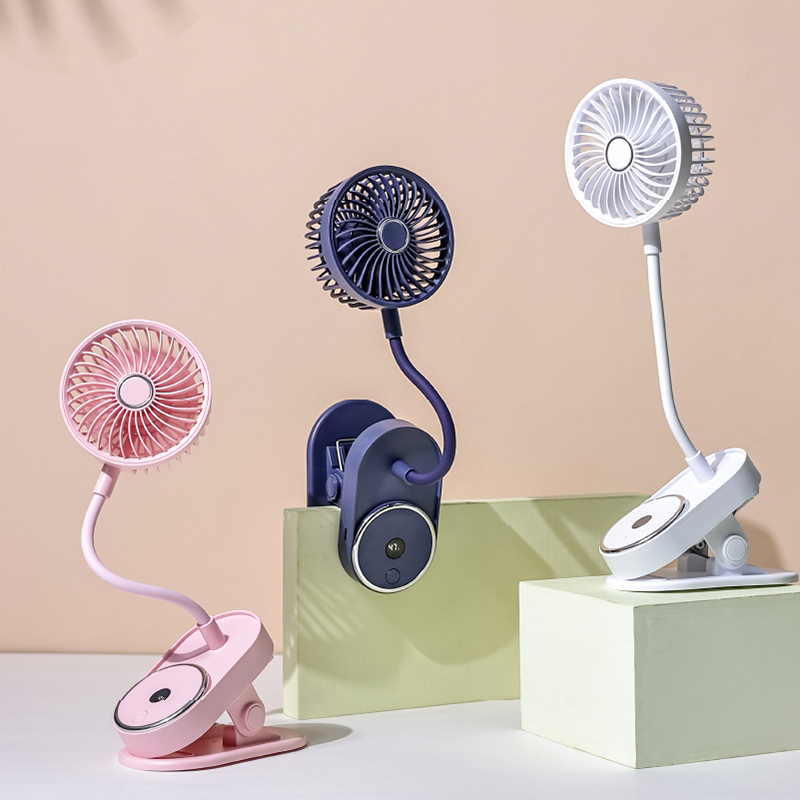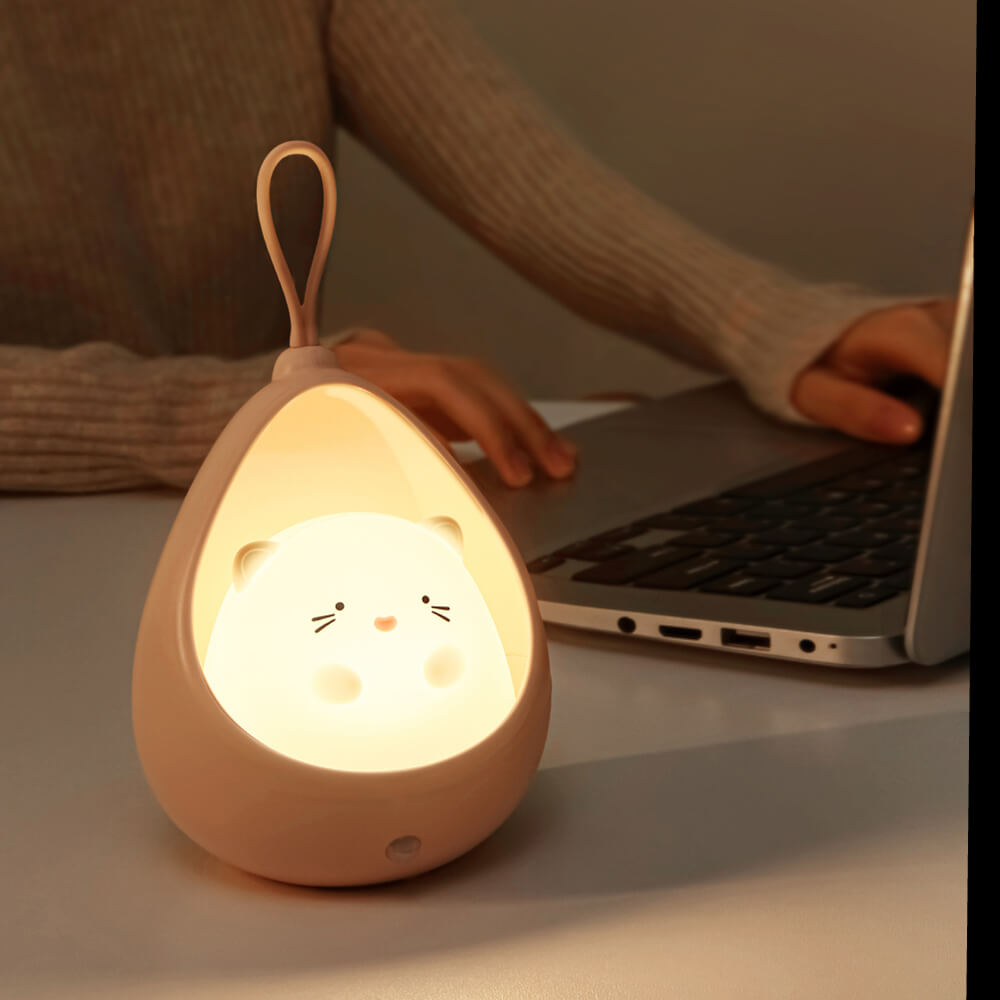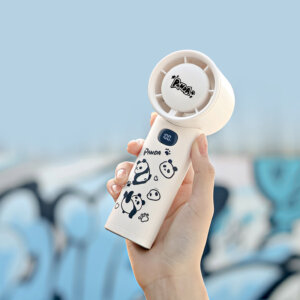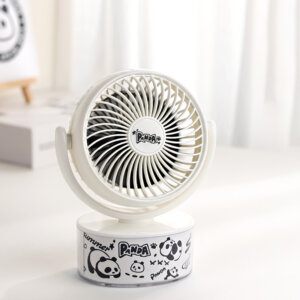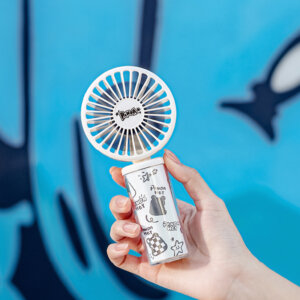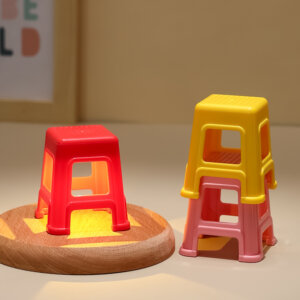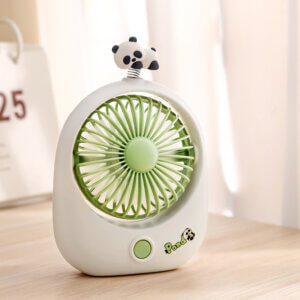The question of how many fan blades is “best” has been debated for decades among engineers, manufacturers, and consumers. On the surface, it may appear to be a simple matter of adding more blades for stronger airflow. However, the truth is more complex. The number of blades in a fan affects not only the airflow volume, but also the noise level, motor efficiency, aesthetics, and even energy consumption. By understanding the science and design considerations behind fan blade numbers, we can make more informed choices when purchasing or designing fans.
Scientific Principles
Fans work by moving air through the rotation of blades, which generate pressure differences. The number of blades determines how air is cut and displaced. Fewer blades generally allow for faster rotation, since there is less drag. This can increase efficiency but may also create higher-pitched noise. More blades distribute airflow more evenly, often resulting in quieter operation, but they may slow down the fan and reduce overall efficiency.
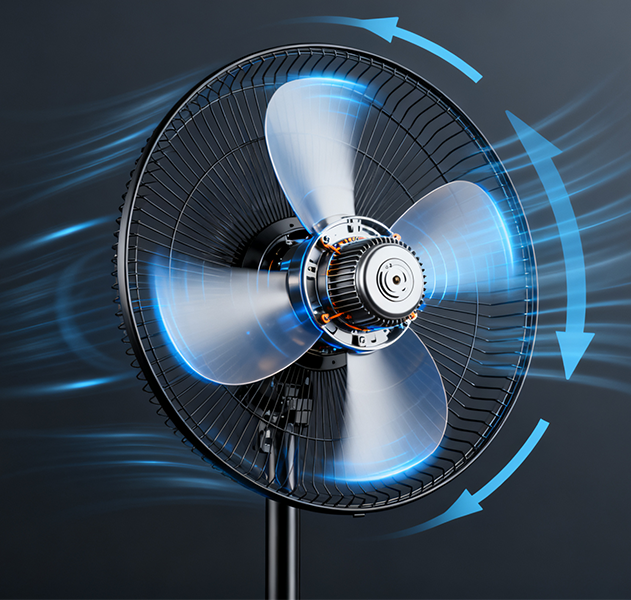
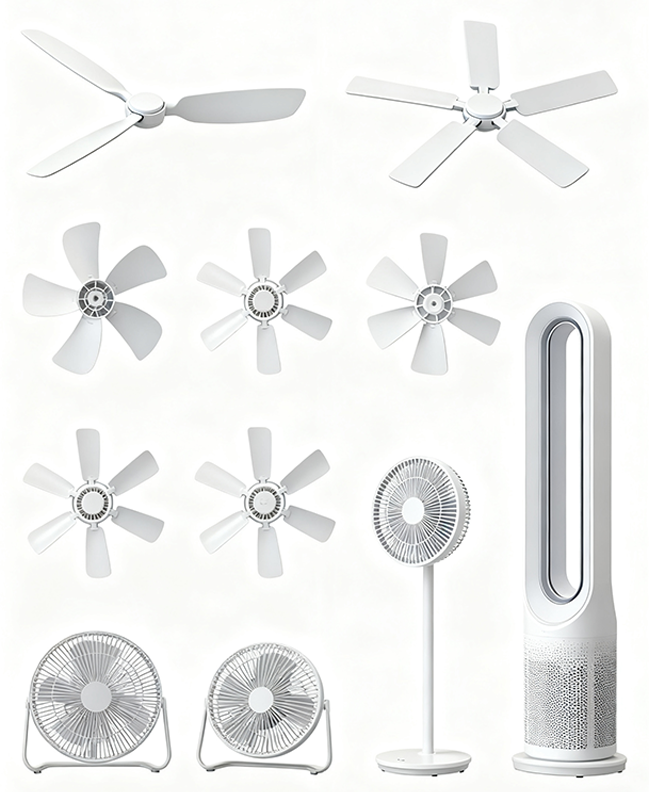
Common Configurations
-
Two- or Three-Blade Fans
Often seen in industrial or outdoor fans. With fewer blades, they spin faster and produce powerful airflow. However, they tend to be louder and less suitable for quiet indoor environments. -
Four-Blade Fans
This is a balance point often chosen for household ceiling fans. They provide decent airflow while maintaining moderate noise levels. -
Five-Blade Fans
A popular choice in modern homes, especially for portable and table fans. Five blades tend to reduce noise and create smoother airflow. Many manufacturers, such as Dongguan Taoyixuan Electronic Technology Co., Ltd., adopt this design in their patented portable fans to achieve quiet yet efficient performance. -
Six or More Blades
Often marketed as luxury or design fans, these emphasize quietness and aesthetics. For example, Дайксуан has developed several six-blade creative fans with patented appearances, designed for brands like Disney and Migros, where aesthetics and customer experience are as important as airflow.
Factors Beyond Blade Count
-
Motor Power: A strong motor can compensate for fewer blades. Taoyixuan’s factory, with over 12,000㎡ production space and monthly output of 800,000 units, ensures powerful yet energy-saving fan motors.
-
Blade Angle (Pitch): Determines airflow volume. Many Taoyixuan products feature patented blade angles to maximize comfort.
-
Material: Plastic, wood, or metal change performance. Taoyixuan focuses on lightweight yet durable ABS materials for portable fans.
There is no single “best” number of fan blades; instead, the answer depends on context. For industrial use, two or three blades maximize airflow power. For homes, four or five blades strike the right balance between comfort, efficiency, and noise control. For luxury or design-oriented products, six or more blades may enhance aesthetics without significantly changing performance.

This is why manufacturers like Dongguan Taoyixuan Electronic Technology Co., Ltd., a BSCI and SMETA certified factory with CE, ROHS, CCC, and KC certifications, offer a wide variety of patented fan designs. Whether customers require OEM/ODM customization, small batch procurement, or large-scale production for global brands, Taoyixuan provides one-stop solutions. Their long-term cooperation with Disney, Migros, and MR DIY proves that the “best” number of fan blades is not universal, but depends on innovation, certification, and tailored design for each market.

